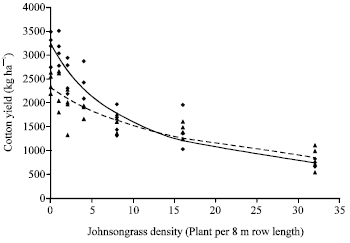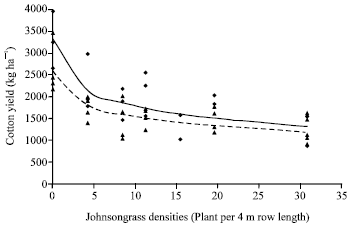Research Article
The Effect of Johnsongrass (Sorghum halepense (L.) Pers.) Densities on Cotton Yield
Izmir Agricultural Quarantine Directorate, Liman Caddesi, No. 25, Alsancak, Izmir, 35240 Turkey
Dogan Gozcu
KahramanmaraÕ Agricultural Research Institute, KahramanmaraÕ, Turkey
Mine Rusen
Diyarbakir Plant Protection Research Institute, Diyarbakir, Turkey
Ramazan Sadet Guvercin
KahramanmaraÕ Agricultural Research Institute, KahramanmaraÕ, Turkey
Abdullah Demir
Diyarbakir Plant Protection Research Institute, Diyarbakir, Turkey













